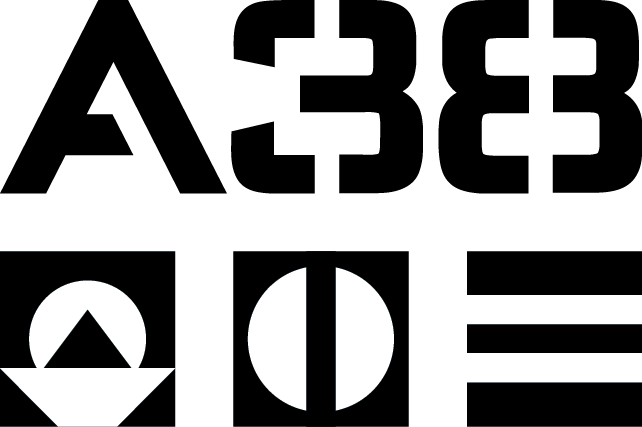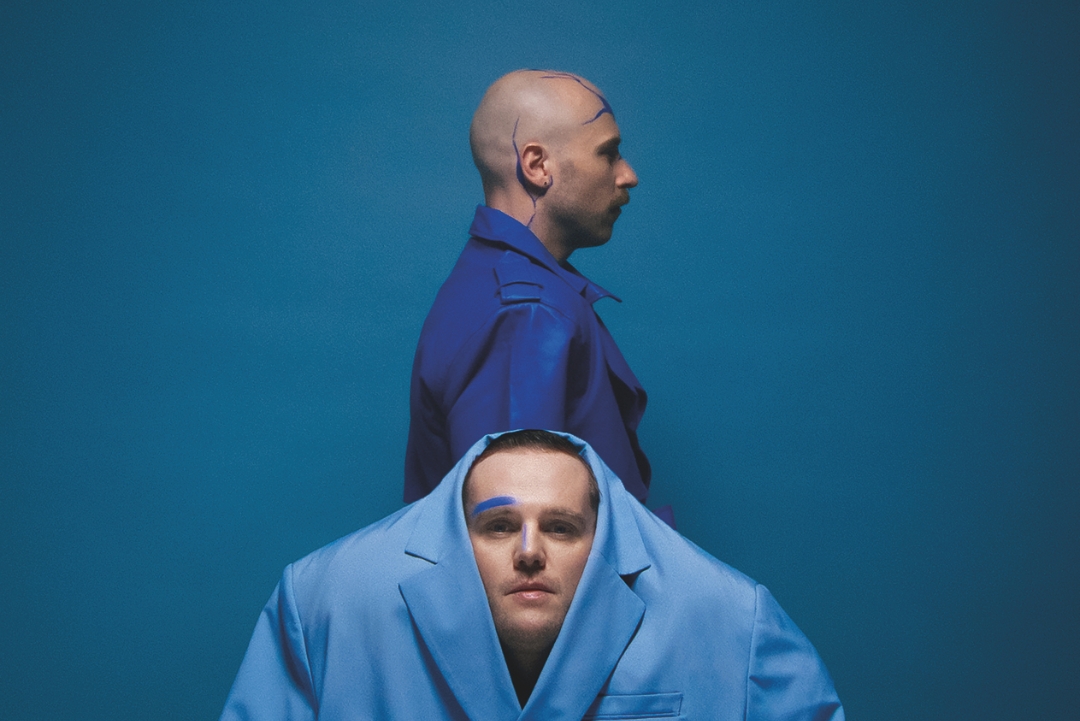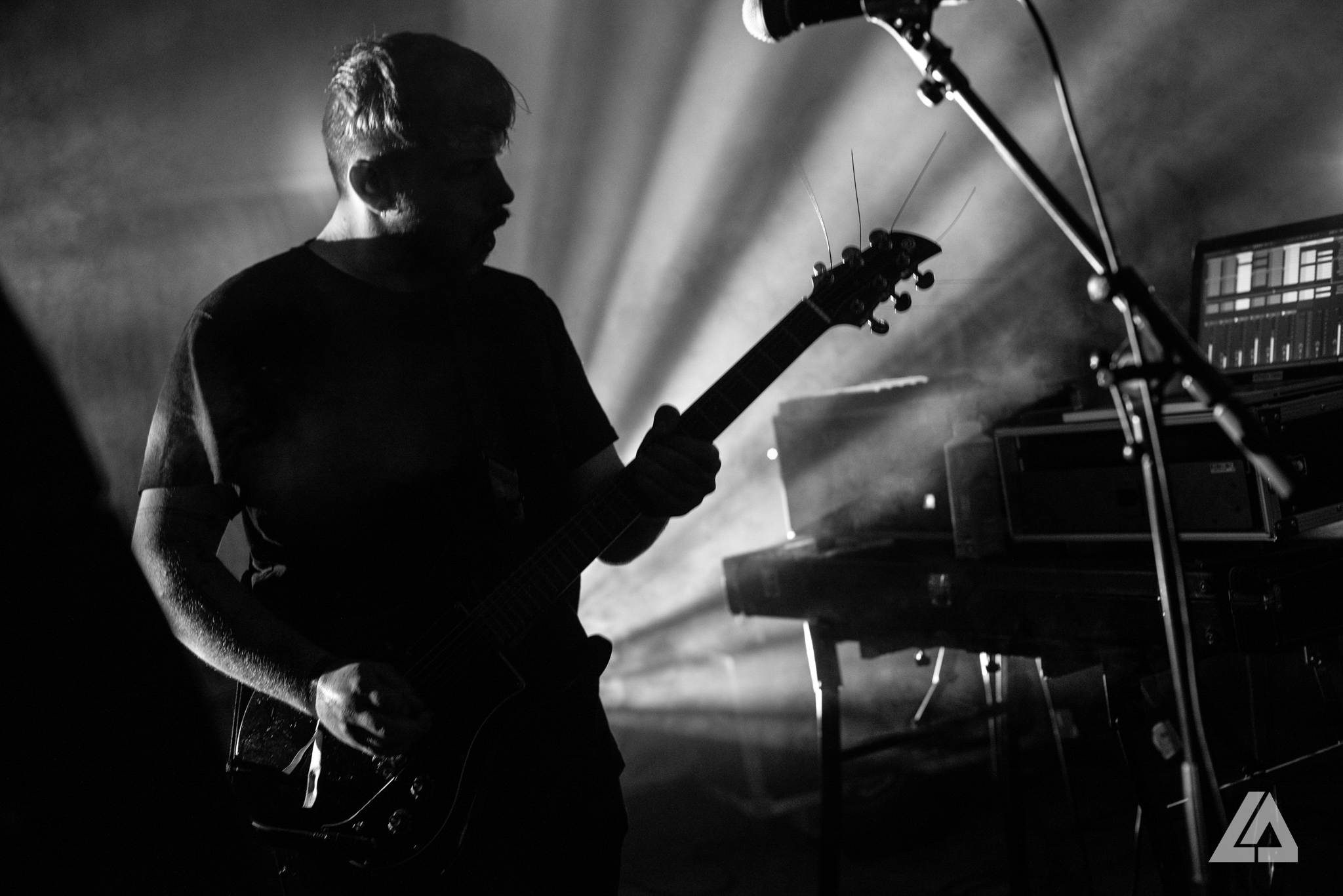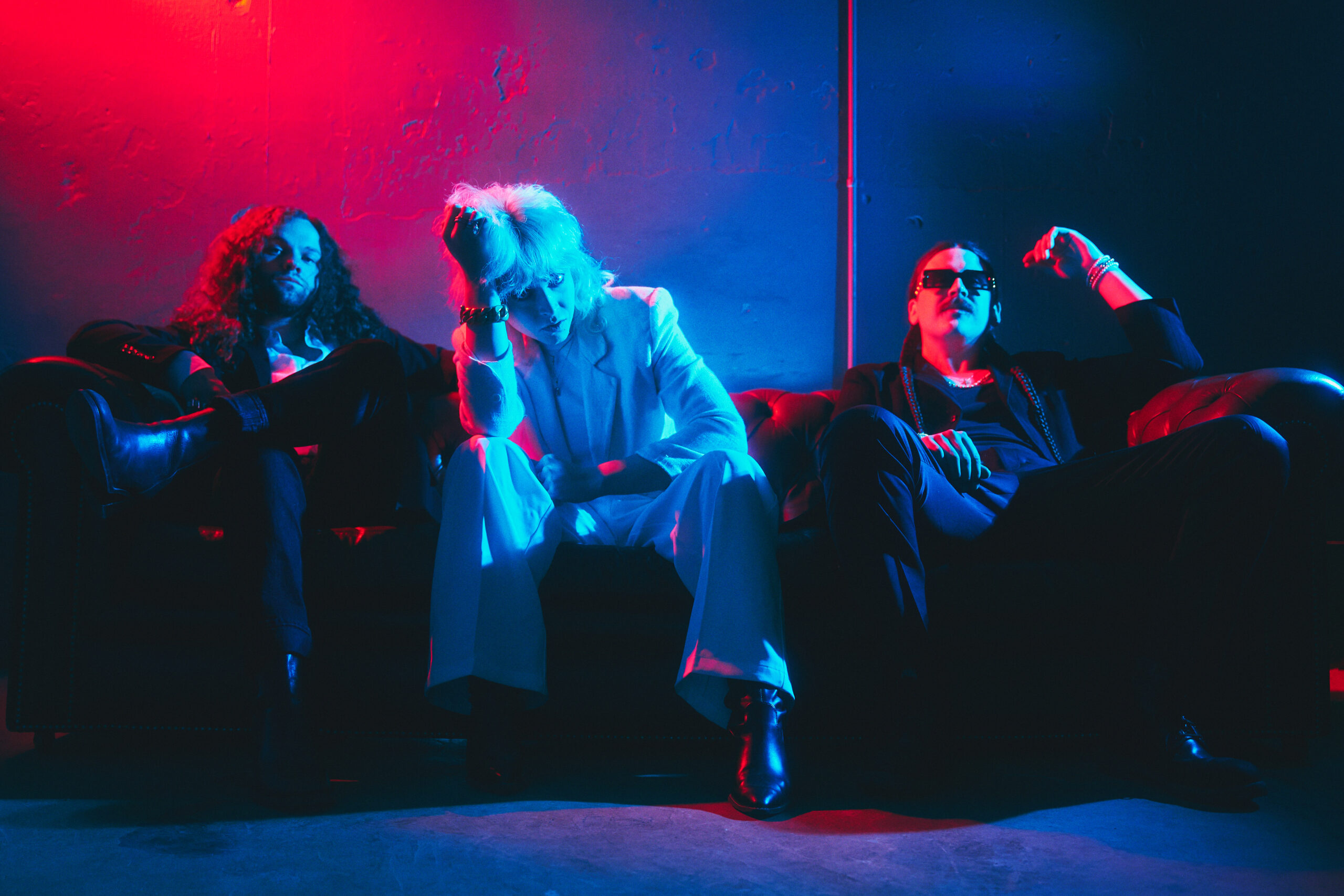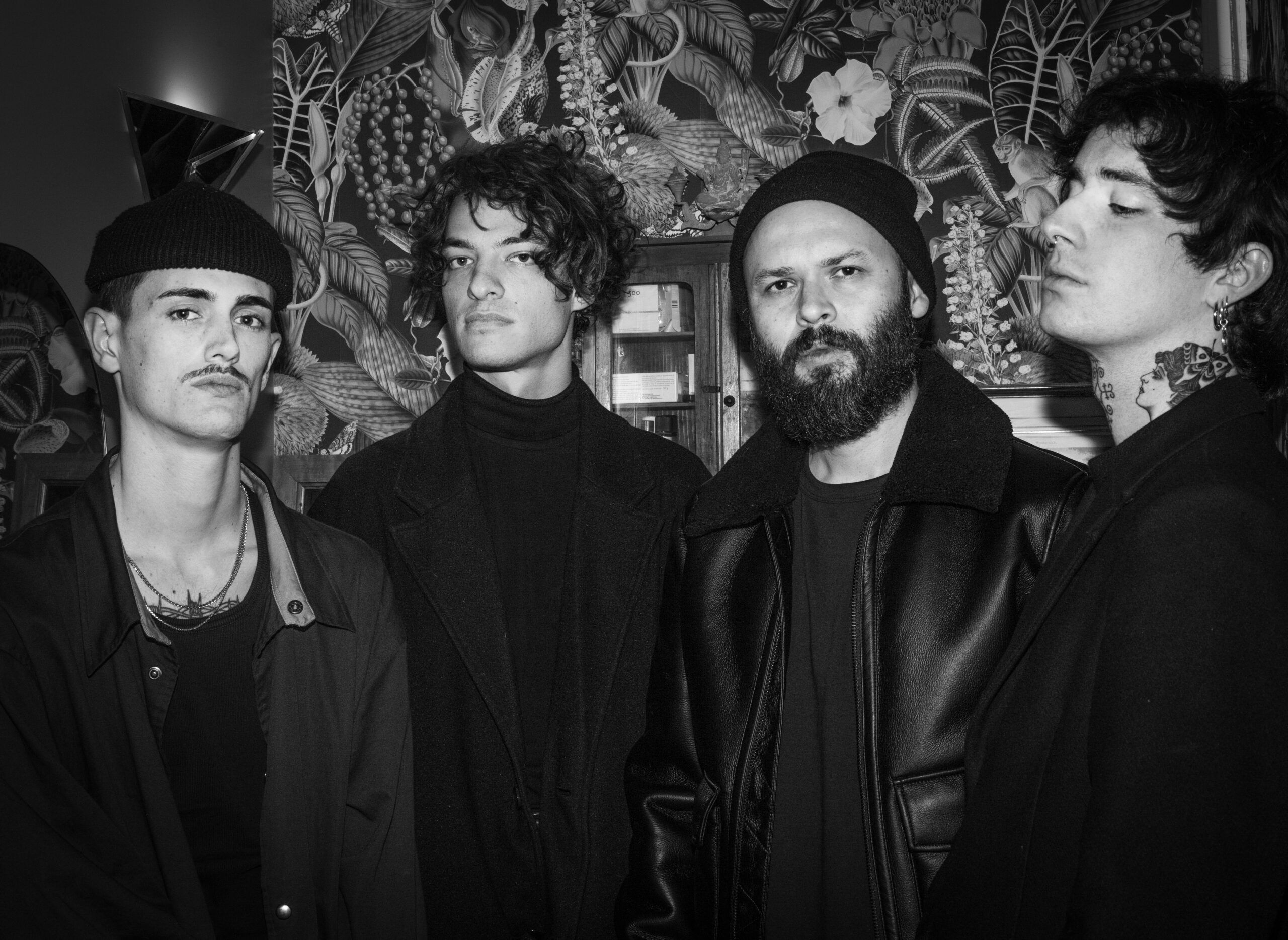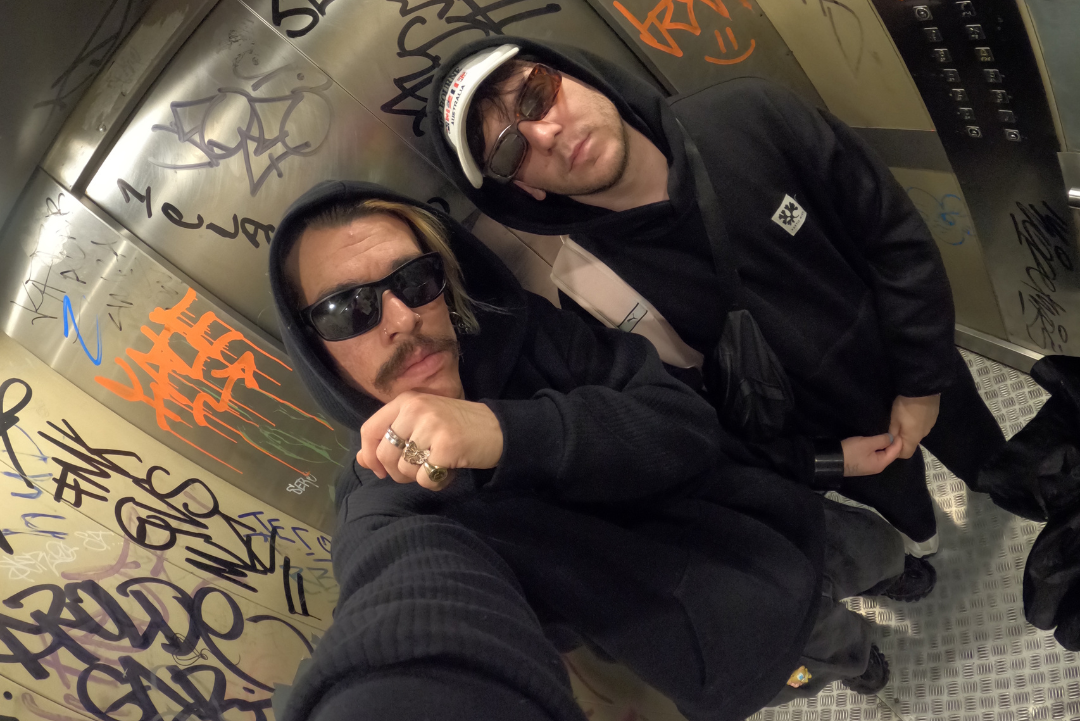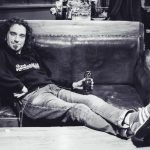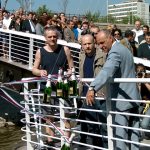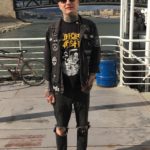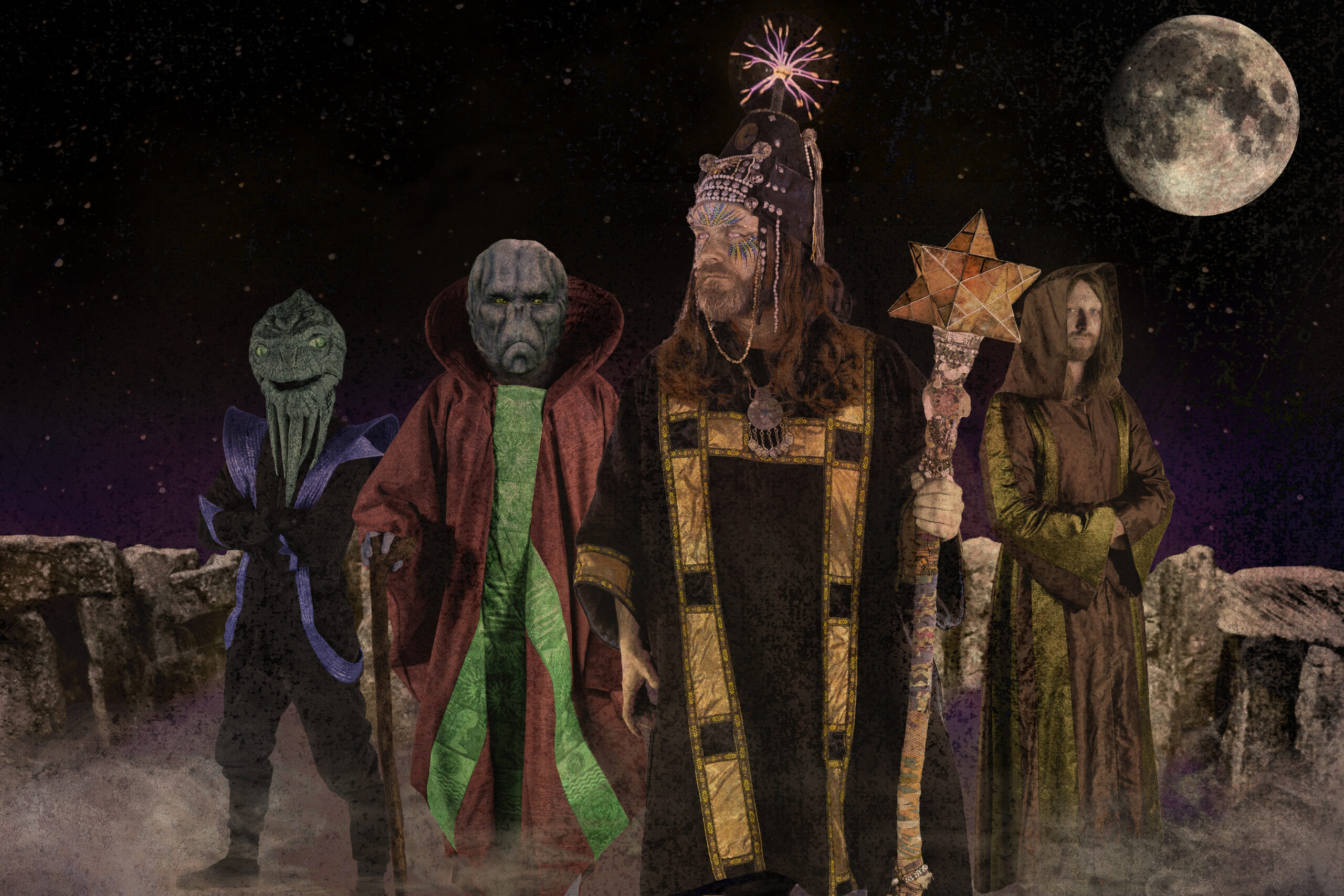Martin Kohlstedt | ,,These are times of change, so I tried to imitate musical images of these times”
Martin Kohlstedt, the sensitive, neoclassicist German pianist, composer, musician will come back to the stage of A38 on the 23rd of September with a brand new, immersive and captivating journey. We asked Martin before the show about his musical story, influences and artistic choices.
Your new album, Feld was released this year. On this record you experiment with emotionally charged electronic elements with a stronger presence than before. Why did you take that path, what inspired you?
The last few years have been particularly different from the years before in many respects. The music created during the pandemic followed the feeling of pausing. When the departure followed, the new circumstances, a kind of new sensibility, but also excessive demands and insecurities due to wars and nature, the music was not the same. It was precisely this tension that led to my new album „Feld”. So I trashed all the sketches I had built conceptually. I only wanted to take seriously the very organic, intuitive pieces where the idea exceeded the 70% mark after a short time without thinking too much, the way I have always done it on stage. It’s like the difference between two-dimensionality and three-dimensionality, the potential of a piece from which you take a step back and „just let it run” is far higher than planned, compositional thinking for me. These are times of change, so I tried to imitate musical images of these times – for me they are a more electrified discourse then the times before.
I have been working with electronic devices on stage for many years. So far, it has only been a limited part of the albums, as I have often reduced my music to the basic essence. From one-hour sessions at the piano, after a lot of back and forth, I always birthed a basic pattern that I later connected with other arguments on stage, like a kind of collection of my modules. Exactly these modules are now created on stage, directly in front of the audience. Like in a big reactor, I then pick out basic modules from the long psychedelic sessions, which I in turn compile on albums. That’s the only way for me to get the different perspectives on your work. It’s the only way to keep the process authentic and keep both sides of my brain active.
The album describes a beautiful arch, it is like a journey. What is this journey like for you?
Since the album tells a story, there are core pieces that function like chapter dividers for me. LUV, MOD, VIM, OHM and DIA became the singles for that very reason. They always embody the new insights of this journey and build the foundation for a new direction that was uncertain before. Each track emancipates itself from its predecessor and carries so many thoughts that can hardly be summed up in one statement.
The tension I just spoke about is the result of ambivalence, which I also embody in a musical sense. The introverted, delicate, organic and wooden sounds from within collide with the electronic, artificial synthesizers and white-noise towers of the outside. What begins as a discourse between two sides develops more and more into a common movement that resonates in the music. Friction and doubt are often the fuel for it.
I need the music to understand these times, to classify them for myself. As beautiful as the result sometimes sounds in the end, it is still a self-destruction. Through the result, I ultimately send signals to like-minded people who then make me feel understood. This feeling of being „at home” and connecting people in it is another big impulse to do what I do. I believe that this lies in the nature of the human being. And so “Feld” should not only reflect this current state, but also accompany me and the people into the next unknown chapter.
Listening to your music, it is clear that you’re sensitive to your surroundings, that you’re an observer. What observations can you recall from this album?
I remember making music for the first time that didn’t just reflect the zeitgeist, as before, but started to add an ingredient that left me open to decide exactly what that feeling was. That is, my observations were rather fears to which I gradually added new perspectives with the music and so I gradually overwrote the fear with hope and let everything flow and order intuitively again. Only not consciously, but with the power of longing, I was able to re-establish the basic trust for myself, and fortunately also for many other people.
Music often captures a certain moment in time, strongly intertwined with a memory. The emotions in your tracks are such imprints from your life or they are more fluid, they are more of a mixture of moments?
From the very beginning, I have tried to bring my musical pieces into an order with dualisms. The new album „Feld” is, so to speak, a sibling to my last album „Flur”. But the two albums do not stand opposite each other, it is much more a kind of cycle in which the two complete their own story and begin anew again and again. With „Tag” and „Nacht” it was the circle of the subconscious and the conscious, with „Strom” and „Ströme” introversion and extroversion alternated, and with „Flur” and „Feld” it’s again two-sided but indissolubly united.
While „Flur”, with its focus on the piano, was a conscious decision towards pausing and a moment of introversion and calm thought, „Feld” conveys a feeling of departure, of running towards uncharted lands. Each track could be seen as moments that follow each other, but in which hundreds of moments collide and spread out in all directions as if there were still options of what to choose next. Already in the first track LUV this structure starts to roll and ends with the last note of MYN.
How do images and music connect in your mind? Do you, if at all, immediately connect a visual landscape to your music?
As old-romantic as I would like it to be sometimes, the most genuine music leaves the body for me if I don’t allow or amplify concrete images and thoughts, the subconscious does that already and hardly needs to be coloured.
Last time when you performed on the Ship, visuals got a huge role in creating a special atmosphere. How are you planning to incorporate visual arts this time? What importance does it have in your shows nowadays?
This time in particular, I’m taking a step back with the external influences and allowing myself more direct access to the audience, everything is transparent and everyone has direct visual access to what’s going on without big shells. Since I completely improvise each concert, it creates a completely different immersion, the images and worlds arise in the mind of each individual.
In an interview you’ve said “With my music, I try to remember and conserve the inner child.” How would you describe that inner child in you?
For me, the inner child metaphorises clear, unfiltered human feeling. Already in the years of youth, reality, society and the system overwrite these sensations. But they always remain within us, no matter how much we distance ourselves from them, and they become part of every little decision we make in everyday life. What the power of music can make possible is to experience exactly this state again and even to be able to discuss it with one’s present self on the outside.
At last, how do you see yourself after this tour, where does the journey take you?
I’m letting it all come to me, the tour will bring me closer to the people and to myself, I’m really looking forward to it. After that it’s off to what I hope will be a blissful Christmas with the family. Next year I’ll feel more about it when the dust has settled a bit. Already, new music is pressing out of me from within. So soon big plans will be made again, I’ll keep you up to date.
